Hi to the folks who’ve recently subscribed to “Don’t Buy What I’m Selling!” Here’s a link to a post with some info about this letter, in case you need a little refresher. Thanks for being here.
Over the last few weeks, there’s been a lot written about the five years that have passed since Covid became a thing. Every time I see that number, I think there’s no way it’s been five years. Most of the time, it feels like five minutes.
Like, if a quantum physicist told me that since March 2020, I’ve been frozen in a black hole of honey and amber and quicksand and ice in a parallel time-standing-still universe, I’d be like, “Yeah, that checks out.”
In the past five years, my life’s moved forward(ish). I’ve gotten older, made some nice memories with family and friends and have checked off a few big accomplishments, but underneath it all, there’s always a deep sense that since March 2020, I’ve been standing still, with my feet locked in cement — but my arms are swinging like I’m running. Like, I think I’m sort of moving? BUT I’M ALSO DEFINITELY NOT MOVING. That’s all to say — time’s been super weird.
This week, I was thinking about the early days of Covid, trying to remember the physical sensations of that I-better-bake-something feeling. I wanted to try and piece together how I spent my days in early quarantine doing Zoom aerobics while panicking about how the world might be ending. (Which, in fact, it was.)
I did what I often do when I want to sort out where I’ve been and can’t remember. I opened my iPhone photos and searched up the timeline I wanted to retrace and typed in, “MARCH 2020,” fully expecting to see cute photos of my beloved cat Ayden (RIP, lovely dude), a snap from a walk in the woods, or a photo of one of the ten thousand PB&J sandwiches I ate during early lockdown.
What I didn’t expect to see, at the top of my search, was a marketing email from Chili’s.
Immediately, I snapped back to how batshit crazy advertising was during the early days of the pandemic, how every time I opened my email, my jaw dropped from the realization that on the edge of oblivion, corporations were still corporate-ing. So, what does dystopia taste like? A lukewarm Awesome Blossom that was delivered by a Door Dash hero in a hazmat suit.
In those early days of quarantine, I grabbed screenshots of a few other ads my algorithms served me. I was scared at home with nothing to do but freak out and refresh the death count on The New York Times home page — and the robots knew it. Suddenly, my feeds were no longer overflowing with flat belly tea and “Tech Neck” solutions. Instead, I was getting served #ADS for toilet paper, hand sanitizer and surgical masks.
A week or so after those first ads appeared, I noticed another vibe shift. The emails began to take on a cheerier tone, as if the whole don’t-leave-your-house-or-maybe-see-another-human-being-for-the-rest-of-your-life thing was just a cool, chill slumber party!
Then, a few weeks after that, the “other” ads began. You know, the ones that all looked the same.
Each began with a shot of some ghost-y, empty street followed by woeful piano/violin/choral music.
Then, there’d be a somber acknowledgement of “our uncertain times…”
Which was followed by a montage of close-up shots of non-model-y, regular people, looking straight to camera with a steadfast look.
Then, some title card, about how, before long, we were going to be right back to spending money together, in person, one day soon:
“We’ll get through this together.”
“Apart, But United.”
“We Are Here for You.”
Which was followed by the logo of whatever company had funded the message. Facebook. Ford. Dunkin’ Donuts. Budweiser. McDonald’s. Xerox. Pfizer. United Airlines. Iams. All of them. Always. All the time. It didn’t matter. For the better part of a year, this was the only kind of ad produced.
You probably don’t need a refresher, but in case you do, here’s an excellent edit (I didn’t make) that proves this point in nauseating clarity.
I don’t remember liking these ads at the time. I thought they seemed hollow, packaging the gravity of the pandemic in the name of “brand equity” — but looking back, I was surprised to see I missed something integral about them.
For a brief moment, these Covid era ads acknowledged the world as it was. Aspiration, celebrities, consumption, sparkle, beauty standards, FOMO? All those old ad tricks were thrown out in favor of a relatively sincere acknowledgment that things were seriously fucking fucked, and people were going through some real shit as millions of people around the world began to suddenly die all at once. Of course, every one of these ads still landed on the lie all ads need to land on — if you buy what we’re selling, you’re gonna be ok.
My logic here isn’t precise, but I think what I’m most nostalgic about now is how, for those few short, early-Covid months, stuff was impossibly terrible, and, in its own bumbling way, the advertising industry collectively worked to acknowledge the truth of this.
This strategy of being a bit more honest about the state of the world had a solid run, about fifteen months by my calculations, but someone doesn’t have to be a professional marketer to know that ads can’t be depressing forever. The entire business is built on the promise of a sunnier tomorrow. It’s been years now since advertising’s gone been back to their regularly scheduled programming.
Case in point, this ad below from Kim K. that launched last month and promises a better butt for $158. I get it. Worrying about your ass shape is way more fun than worrying about the terror of new viruses emerging — especially when Kim can fix your “problem” with just your credit card number. It’s so much easier to obsess about our own imagined flaws than to sit with the overwhelming flaws of our systems, our government, our leaders — who are thrilled ads like these pull our focus away from what they are (or aren’t) doing to keep us safe.
I keep hoping I might see an ad that acknowledges 2025’s unprecedented times, since THINGS CONTINUE TO BE VERY FUCKING UNPRECEDENTED, but I’m not holding my breath. Also, the hook of “We’re All in this Together” can’t move product like it did back in 2020 since it’s obvious this is not the case. That’s why all that icky earnestness is gone and we’re right back to where we started, with all the glossy, airbrushed tricks ads have been using forever. This makes sense. For the ad industry, pretending nothing bad has ever happened or will ever happen again (after you buy the thing the ad wants you to buy) is a more honest stance than taking on all that feel-y stuff. Ignoring the truth is just how advertising works.
BONUS TRACK:
 Tiktok failed to load.
Tiktok failed to load.Enable 3rd party cookies or use another browser
Matt Buechele is hilarious and smart and the best. I loved this TT he made in 2021, right as the ad machine started revving its engines up again.
Hey! If you’ve gotten this far, would you please consider hitting the like button or dropping a comment? It’s nice to know you’ve been by — and I always wanting to hear your thoughts when you want to share. Thank you for reading. Oh, and for what it’s worth — I really do believe we will all get through this together.
xoLu

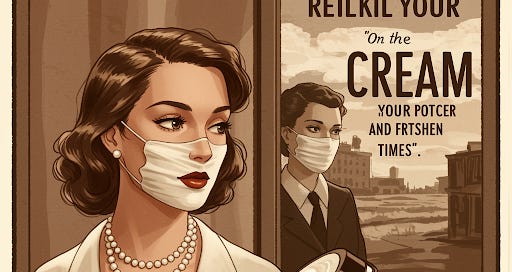



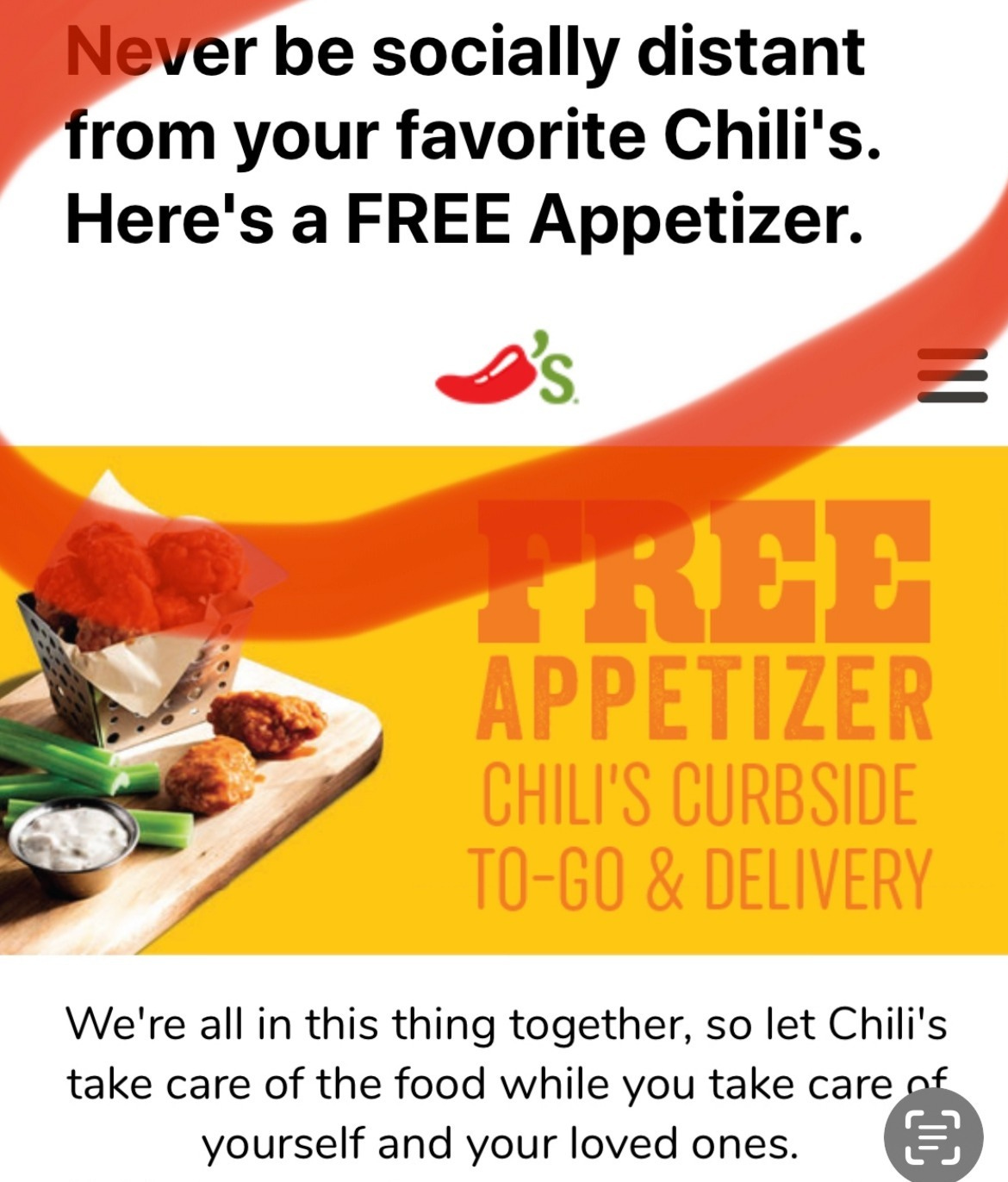
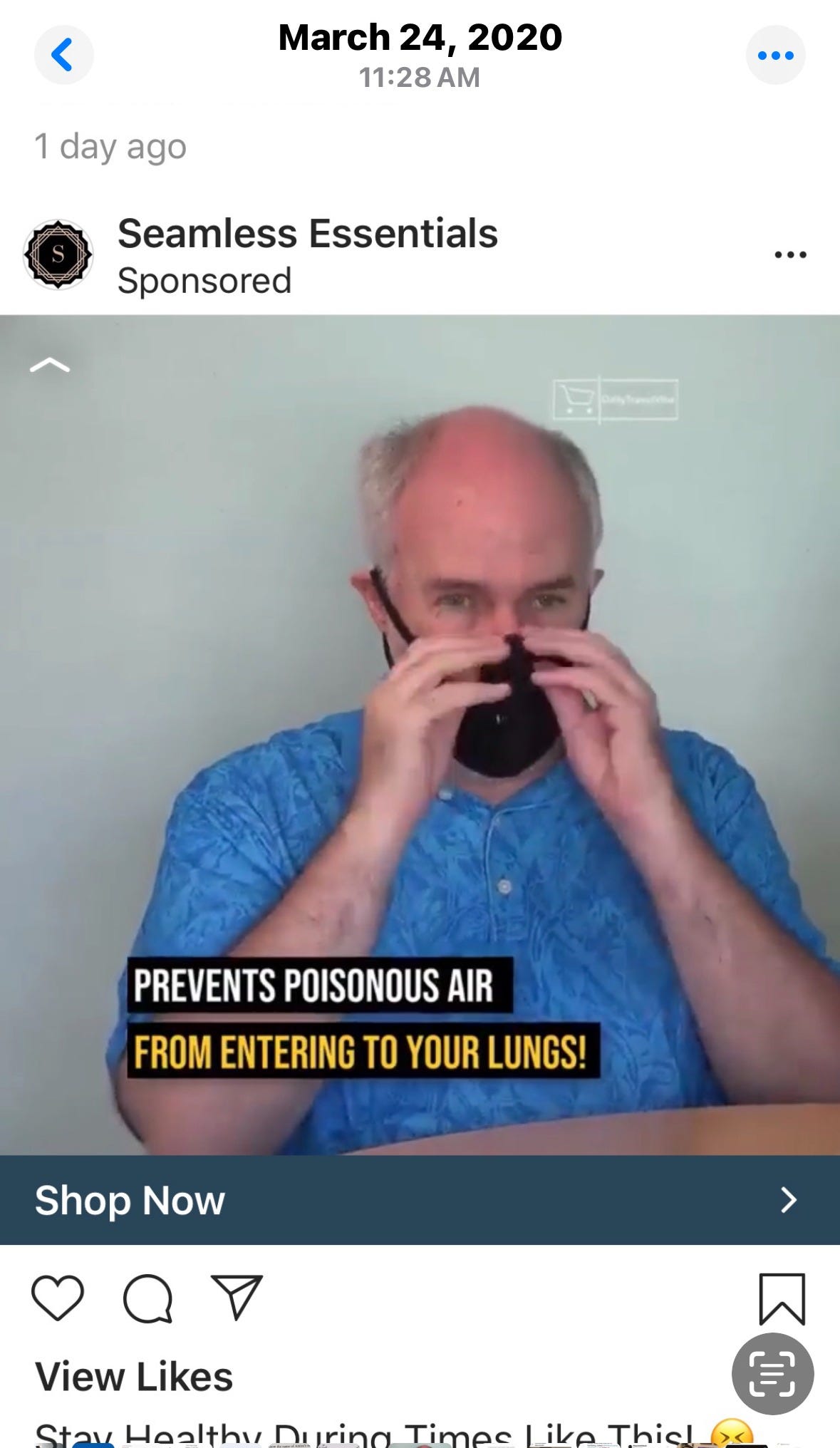
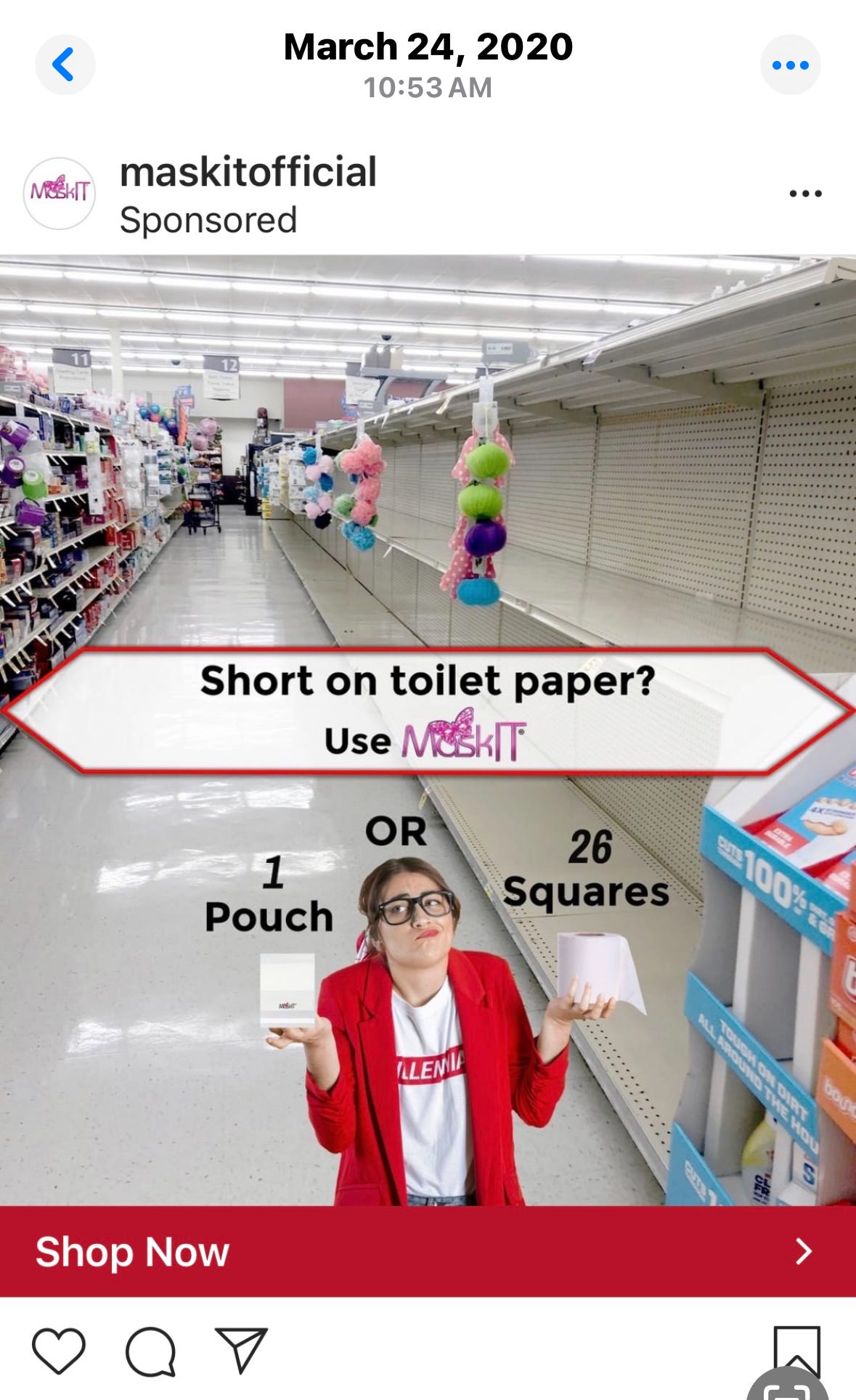
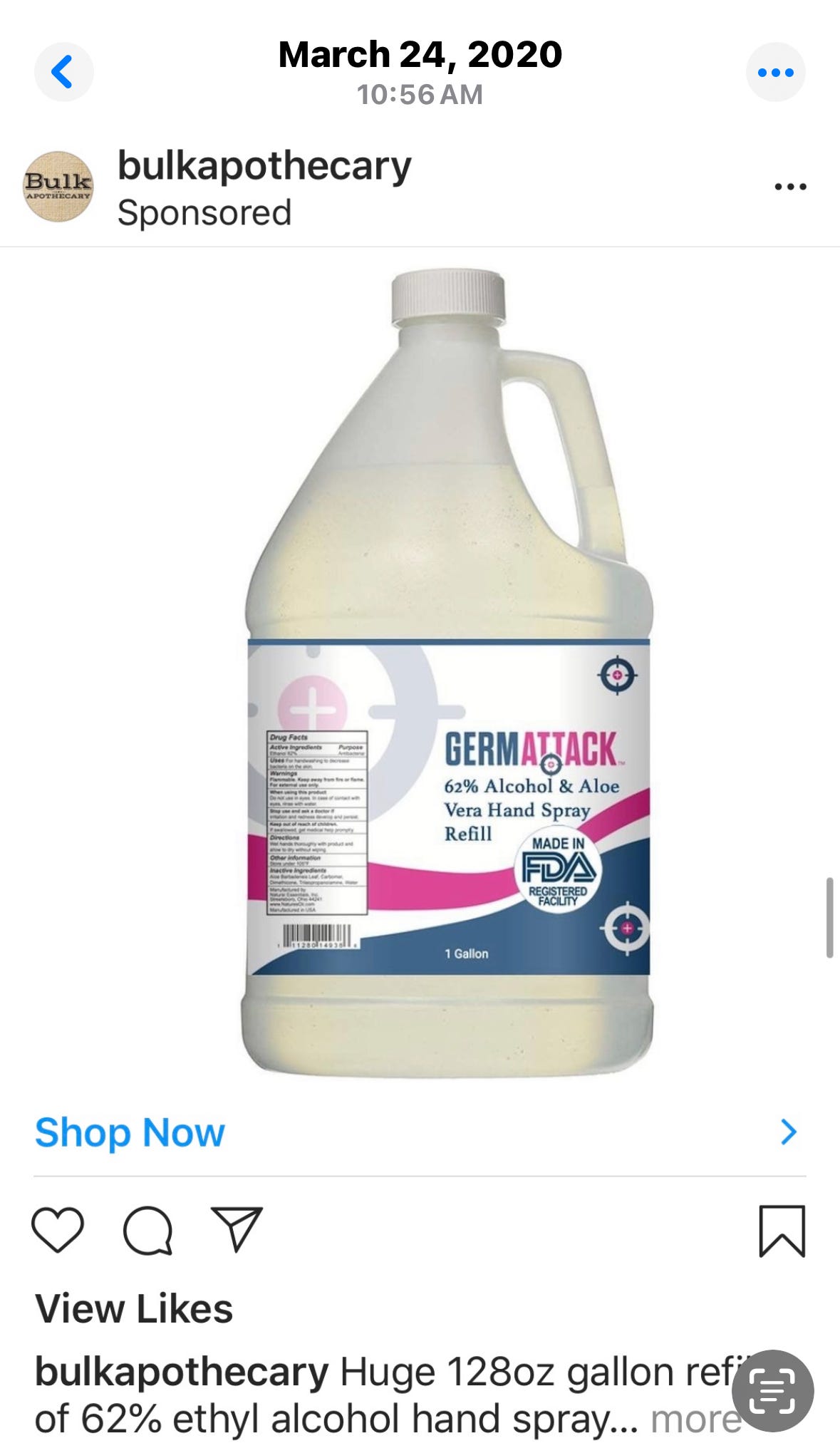
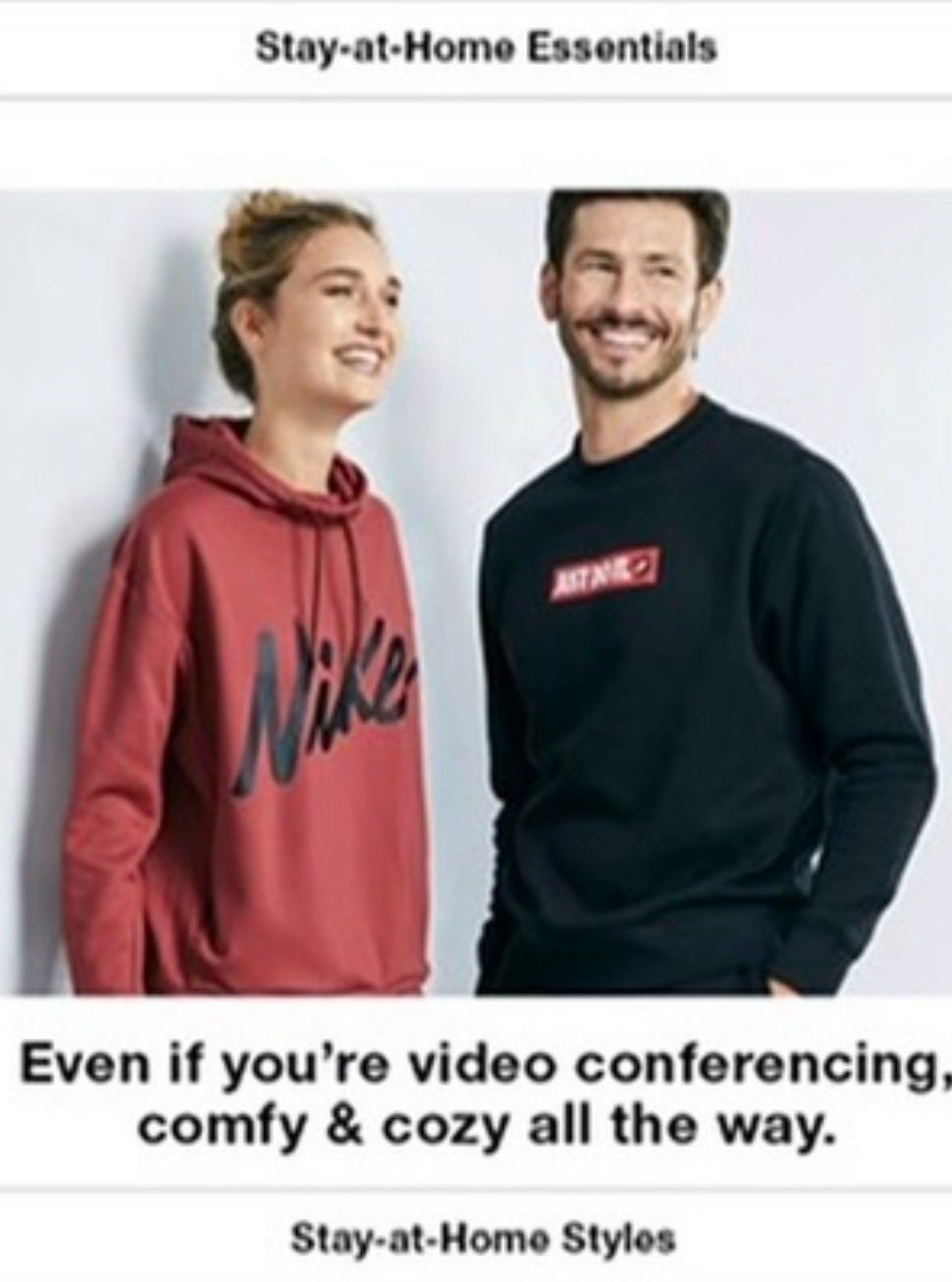
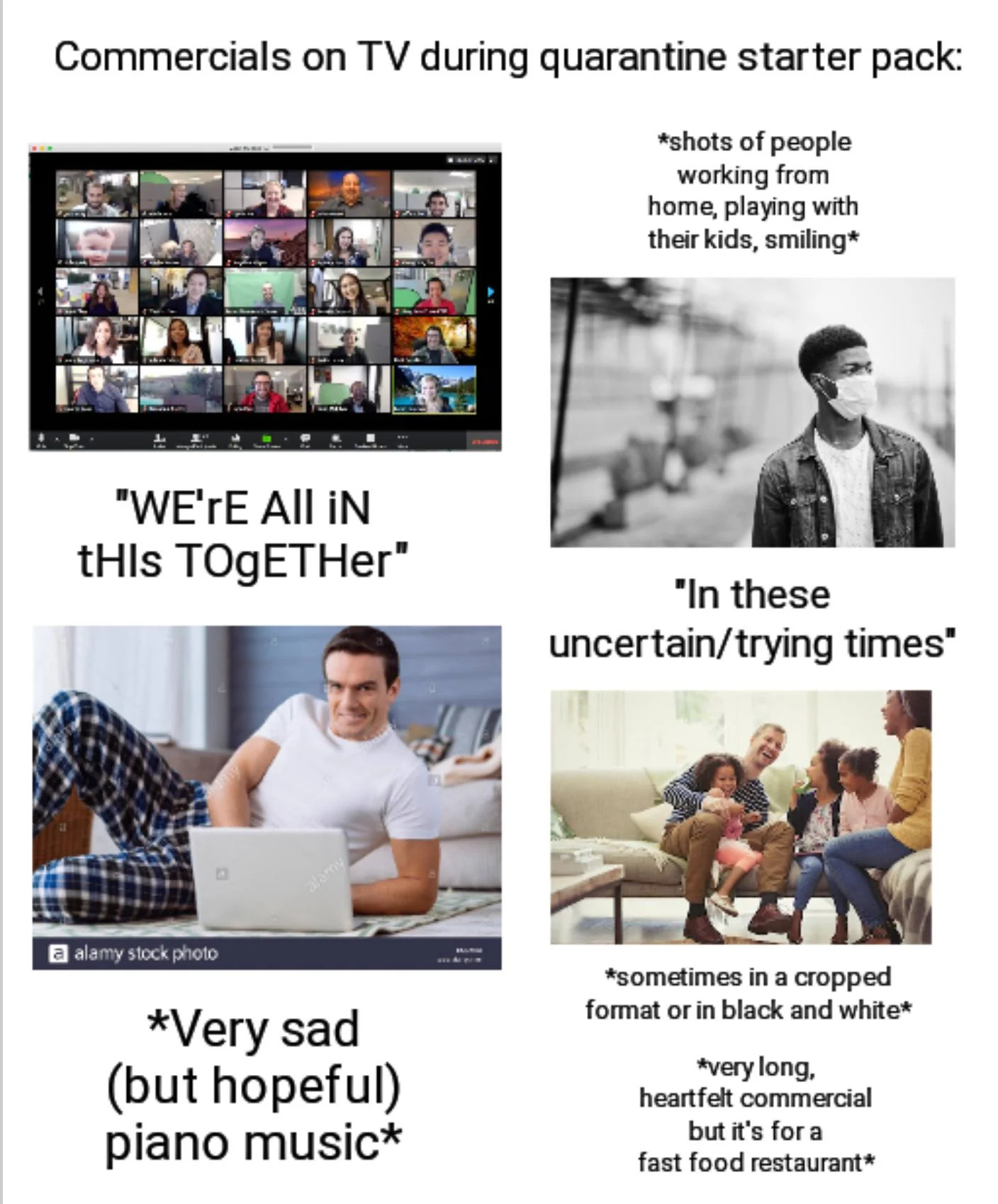

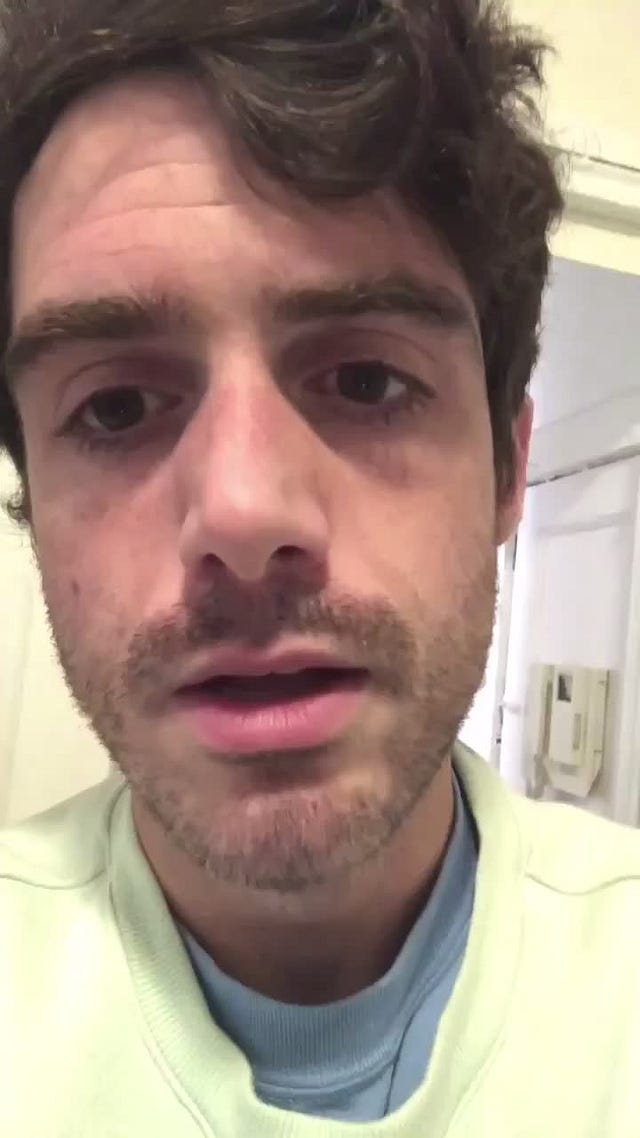
Thank you for this take. Every piece I read of yours helps me to cut out a bit more of the noise of companies telling me who I should be and for that, I am truly grateful.
Thank you Lu. I've been feeling the extra combined dread of Covid anniversary/Trump2.0 these past few weeks. I was living in NY, at the epicenter of the epicenter, when the initial lockdown began. We were making masks out of cut up flannel sheets and wiping grocery packages with cleanser, and terrified, truly terrified of contact with anyone outside the household. The world did end, in so many ways... And just like the 1917 influenza pandemic, it's old history and back to business as usual